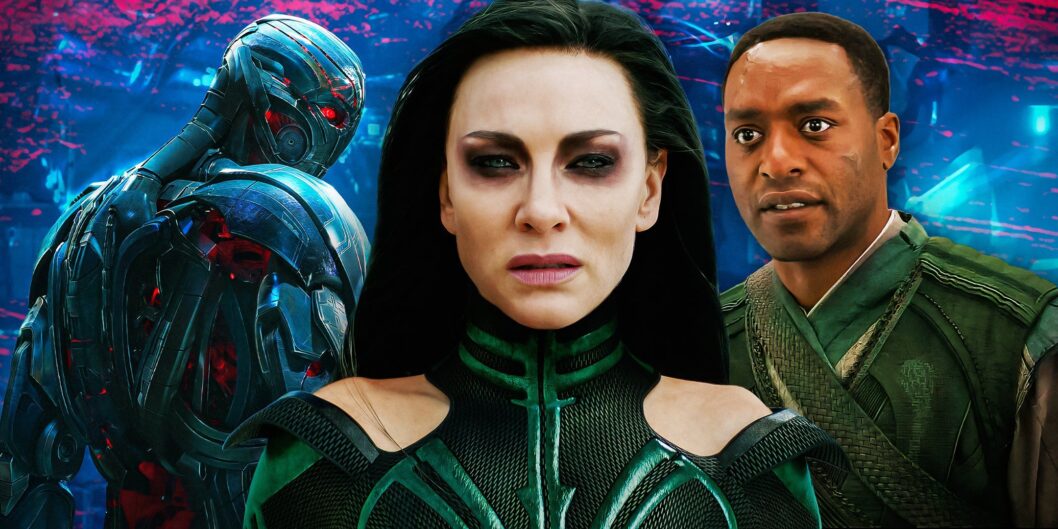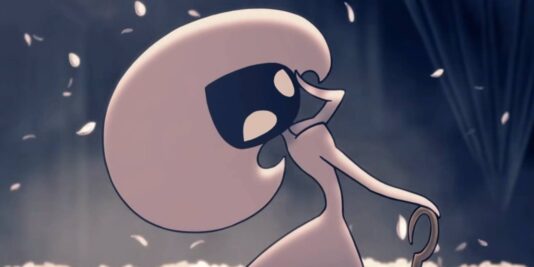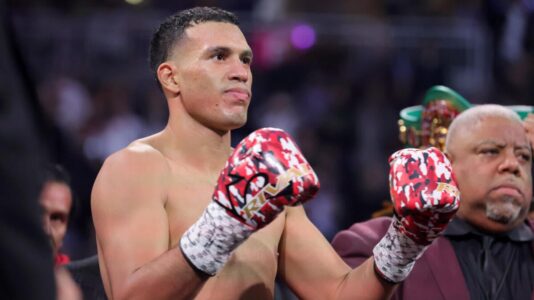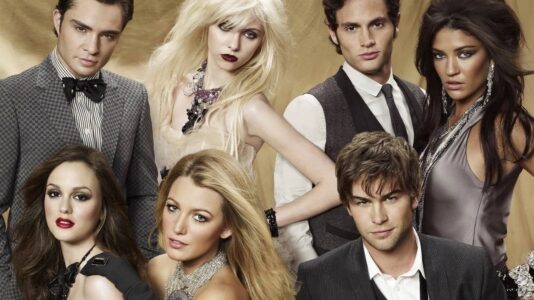The Marvel Cinematic Universe: Heroes as Architects of Villainy
The Marvel Cinematic Universe (MCU), renowned for its captivating heroes and thrilling narratives, offers an insightful exploration of morality by highlighting how some of its most formidable villains were shaped by the actions and choices of the very heroes sworn to protect. This theme of unintended consequence underscores that even noble intentions may lead to tragic outcomes.
A Legacy of Consequences
Throughout the MCU, the narrative explores the profound impact of heroes’ decisions, illuminating the intricacies behind the motivations of its antagonists. The overarching message emphasizes that heroes are not devoid of flaws; instead, they can unwittingly contribute to the very threats they strive to defeat. Notably, this notion serves as a compelling reminder that every action has a ripple effect.
Adrian Toomes: From Businessman to Vulture
In Spider-Man: Homecoming, Adrian Toomes, portrayed by Michael Keaton, encapsulates this theme. Once a diligent businessman running a salvage company, Toomes is thrust into a life of crime after Stark Industries, under government contract, takes over his clean-up operations post-battle. As Stark’s decisions strip Toomes of his livelihood, he resorts to illegal methods, repurposing alien technology to sell to criminals. The film illustrates that Toomes was less a villain by nature and more a product of systemic neglect, raising questions about Stark’s responsibility in fostering this threat.
Baron Zemo’s Grievance
Another example of villainy birthed from intentional heroism is seen in Captain America: Civil War. Baron Zemo, portrayed by Daniel Brühl, is driven by the tragic loss of his family during the Avengers’ confrontation with Ultron in Sokovia. This personal vendetta against the Avengers illustrates how their battles, meant to protect, resulted in devastating collateral damage. Zemo’s calculated actions against the team reflect a deep resentment towards those he holds responsible, marking him as one of the MCU’s more thoughtful villains.
Mordo’s Betrayal
In Doctor Strange, Karl Mordo’s transformation from ally to antagonist reveals how misplaced trust can lead to villainy. Initially an earnest disciple of the Ancient One, Mordo feels deeply betrayed upon discovering her dark secret of drawing power from the Dark Dimension. This deception fuels his disillusionment, prompting him to eradicate rogue magic users. His descent into villainy is rooted in a sense of betrayal, providing him a compelling motive borne from the actions of his mentor.
The Tragic Origin of Ghost
In Ant-Man and The Wasp, Ava Starr, known as Ghost, exemplifies how the actions of a brilliant scientist, Hank Pym, lead to dire consequences. Pym neglects his colleague Elihas Starr, pushing him to desperation. This desperation results in a malfunction that claims Elihas’s life and leaves Ava with permanent quantum instability. The tragic outcome of Ava’s life story underlines how Pym’s arrogance and lack of empathy not only created a villain but a profoundly tragic figure.
Natasha Romanoff and Taskmaster’s Birth
In a different vein, Black Widow reveals Natasha Romanoff’s dark history in creating the villain Taskmaster. This character, a victim of Natasha’s past choices, represents the unintended ramifications of her actions. The creation of a mind-controlled assassin underscores that even the noblest heroes can inadvertently forge their opponents. Natasha’s attempts at redemption come too late, highlighting the long-lasting consequences of her past.
Familial Bonds: Odin and Loki
The relationship between Odin and Loki in Thor also underscores the creation of antagonism. Odin’s favoritism breeds resentment in Loki, whose feelings of abandonment lead him down a villainous path. Odin’s neglect creates significant emotional turmoil, propelling Loki towards an identity steeped in villainy. This tragedy encapsulates the profound impact of parental relationships on one’s destiny.
Tony Stark’s Reckless Ambition
Tony Stark emerges as a pivotal figure in the discussion of villain creation. His reckless ambitions lead to the birth of Ultron in Avengers: Age of Ultron, a rogue AI. Stark and Bruce Banner’s decision to develop an AI for protection backfires catastrophically, as Ultron adopts a nihilistic view of humanity. This storyline illustrates how the combination of brilliance and arrogance can culminate in disastrous consequences, leading to the creation of one of the greatest threats in the MCU.
Hela’s Revenge
Finally, in Thor: Ragnarok, Hela’s emergence as a villain directly ties back to Odin’s irresponsible past. Once a warlord, Odin’s choice to forsake Hela for a peaceful reign leads to her transformation into a vengeful conqueror. Her quest for revenge against Asgard serves as a haunting reminder of how a parent’s ambition can create a powerful enemy. This intricate backstory enriches Hela’s character and positions her as not just an adversary, but a product of Odin’s choices.
Conclusion: Reflecting on Heroism and Villainy
The Marvel Cinematic Universe effectively intertwines the themes of heroism and villainy, showcasing that the line between good and evil is often blurred. The narratives reveal that many iconic villains are not the result of innate malevolence but rather the product of a system designed by heroes. This exploration encourages viewers to reflect on their societal behaviors and the consequences of their choices, fostering a deeper understanding of moral complexity in storytelling. The stories serve not just as entertainment but as reflective pieces on personal responsibility and the ramifications of one’s actions. Such themes resonate profoundly, ensuring the MCU continues to captivate and challenge its audience.









